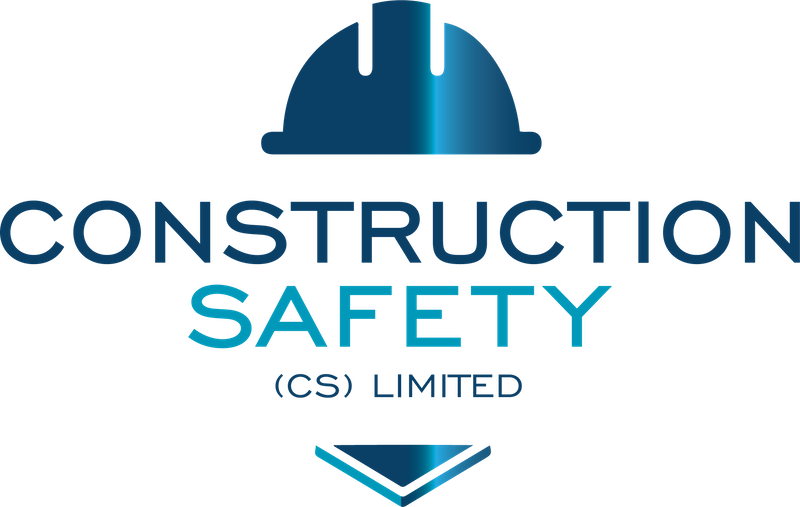Metal Working Fluids and Health Surveillance
The HSE is inspecting manufacturing businesses that use metalworking fluids in their machining processes until March.
As part of the inspection you will be required to provide evidence and information concerning what is in place for Health Surveillance for employees working with, or likely to be exposed to metal working fluids.
Setting up health surveillance
Health and safety law requires health surveillance, when your workers remain exposed to fluid or mist, even after you have put controls in place.
Health surveillance is a scheme of repeated health checks which are used to identify ill health caused by work. The aim is to detect any symptoms as early as possible. It’s not the same as health monitoring, health promotion or health screening.
This is an occupational health monitoring regime by an outside organisation to be used alongside internal Health Surveillance forms, risk assessments and mechanical means to reduce exposure.
Further advice can be obtained from the HSE website and the following documents
HSE G402 (occupational asthma) HSE G403 (occupational dermatitis)
Monitoring fluid concentration, bacteria and pH
Providing a clean fluid for metalworking can reduce the harmful effects and associated ill-health when working with metal working fluids.
Water-mix metalworking fluid deteriorates over time and can become contaminated.
Concentration, pH and bacteria levels should be checked weekly, and corrective action taken if needed.
Monitoring and maintaining fluid quality effectively is key to controlling risk and they are three very different checks. pH isn’t considered an alternative to dipslides to check for bacterial growth.
- to test bacteria levels, you need dipslides and an incubator
- to test pH, you need pH paper test strips or an electronic pH meter
- to test concentration, you need a refractometer
For more details see: HSE COSHH MW5: Managing fluid quality
Quiz: test your knowledge
Exposure to metalworking fluids can cause harm to lungs and skin.
Work-related lung diseases have a devastating impact on workers’ lives but when effective controls are in place, occupational lung diseases are preventable. Are you confident on how to protect workers?
Try our quick quiz to see how you score
There are 8 questions to complete and all answers are anonymous
